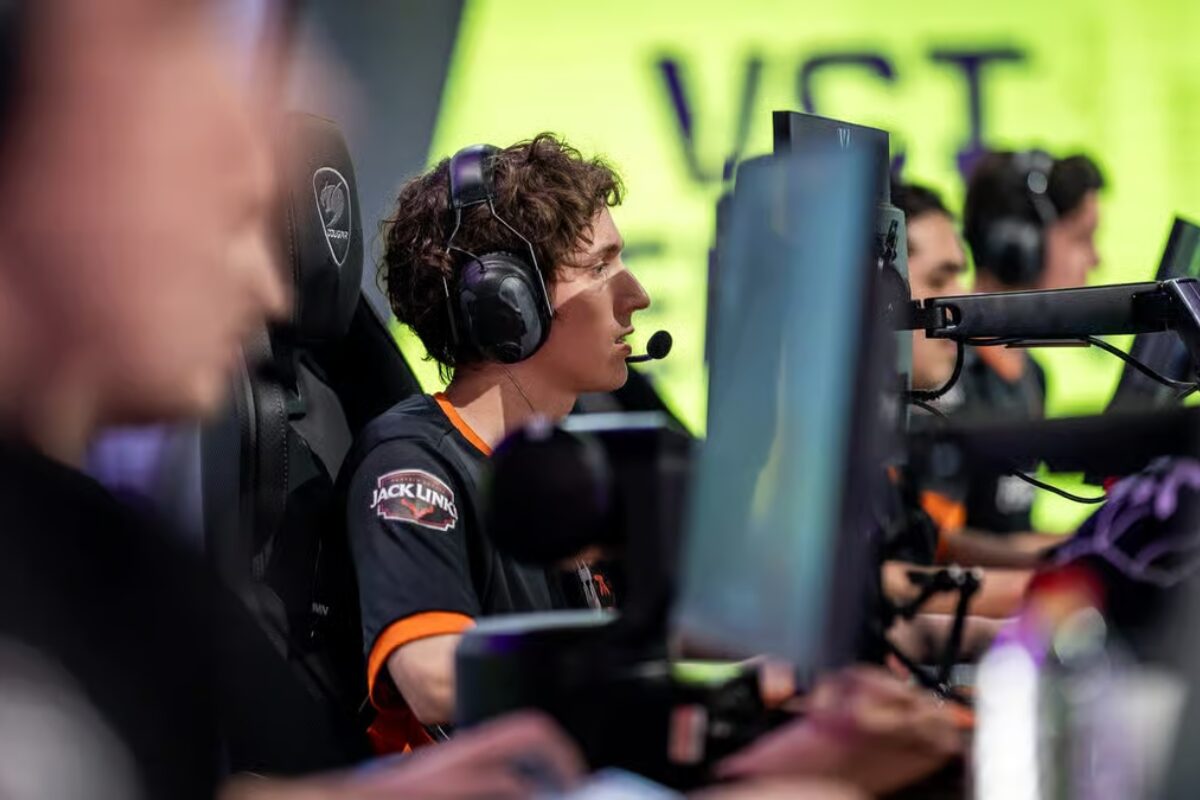
Rivalries are the heartbeat of competition. They fuel emotion, sharpen strategy, and turn good teams into great ones. In esports—where micro-decisions decide championships—rivalries don’t just happen; they’re cultivated. As Fnatic prepare for the 2026 Valorant Champions Tour, their leadership team faces a new challenge: not just competing against rivals like NRG and Sentinels, but using those rivalries as catalysts for growth. This is how Fnatic 2026 VCT leadership are preparing for the biggest battles yet.
Fnatic 2026 VCT leadership – Key rival teams for 2026: NRG, Sentinels, and beyond
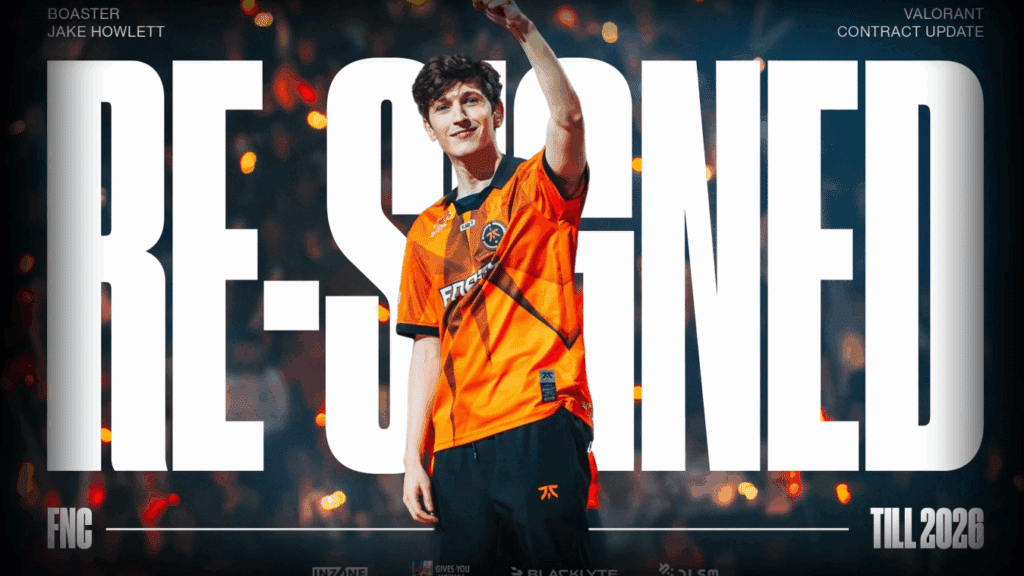
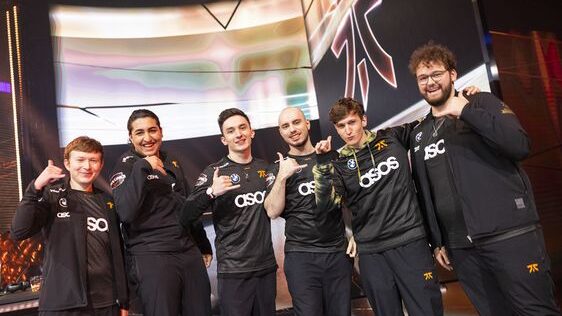
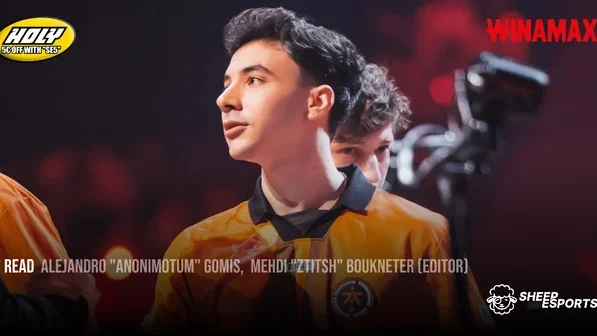
Every VCT season brings familiar names and new threats. For 2026, the spotlight once again falls on NRG and Sentinels, two organisations known for innovation and aggression. NRG’s late-round control and adaptability have made them a benchmark for discipline, while Sentinels’ high-tempo playstyle and individual flair continue to test opponents’ composure. Beyond them, emerging teams from Korea, Japan, and the Pacific region are proving that leadership can’t afford to underestimate the next wave. Source: Esports.net
Fnatic 2026 VCT leadership – Leadership strategies: scouting, prep & psychological warfare
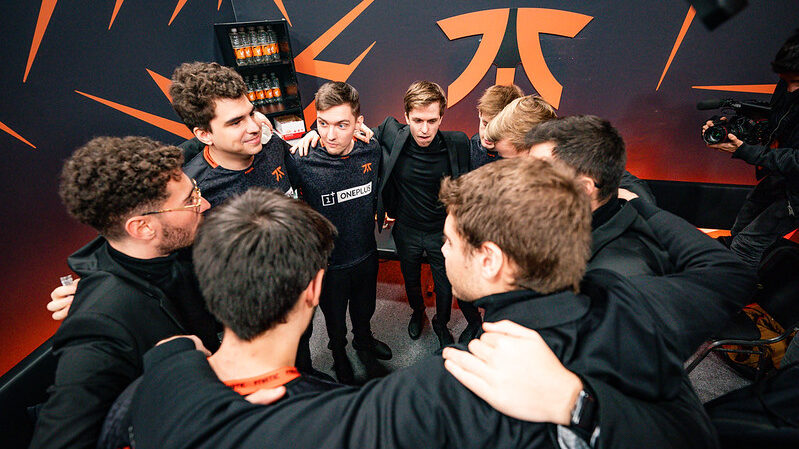
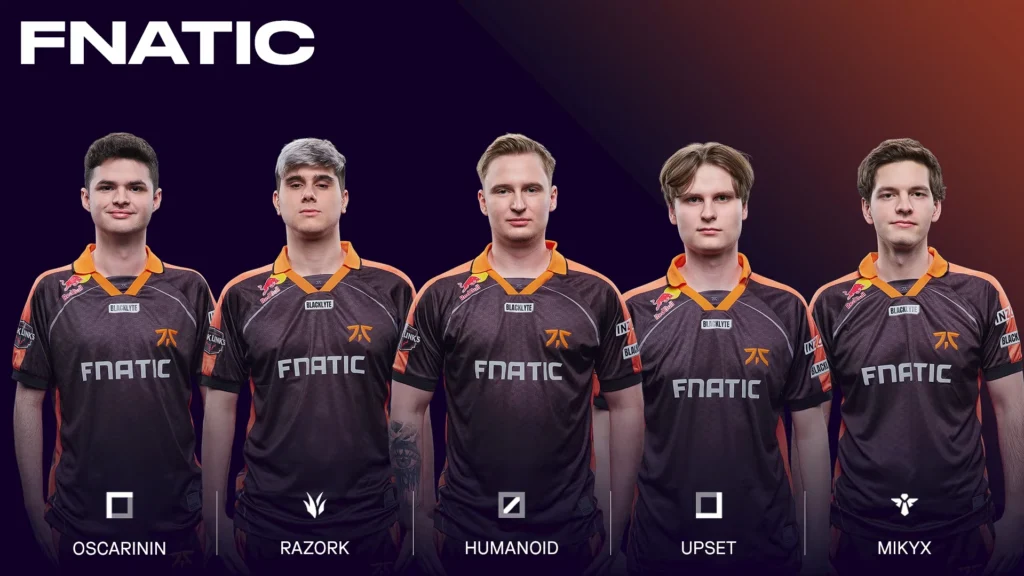
Preparation is no longer just about mechanics—it’s about psychology. Fnatic’s leadership has evolved to blend tactical preparation with emotional readiness. Scouting departments compile detailed reports on rivals’ tendencies: agent selections, map rotations, and decision-making under stress. Coaches then translate these insights into simulated scrims designed to mirror real match pressure. Meanwhile, the leadership’s off-server efforts—confidence building, controlled communication, and narrative framing—ensure the team walks into each rivalry with mental clarity and intent.
How Fnatic’s leadership uses past losses as fuel (Fnatic 2026 VCT leadership)
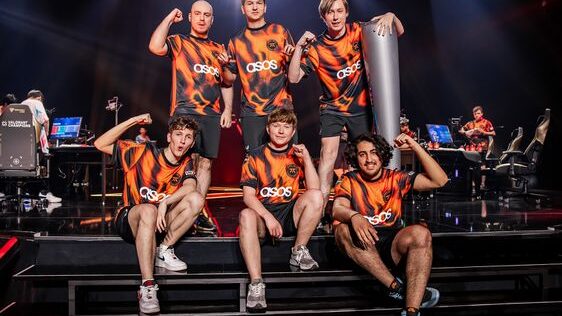
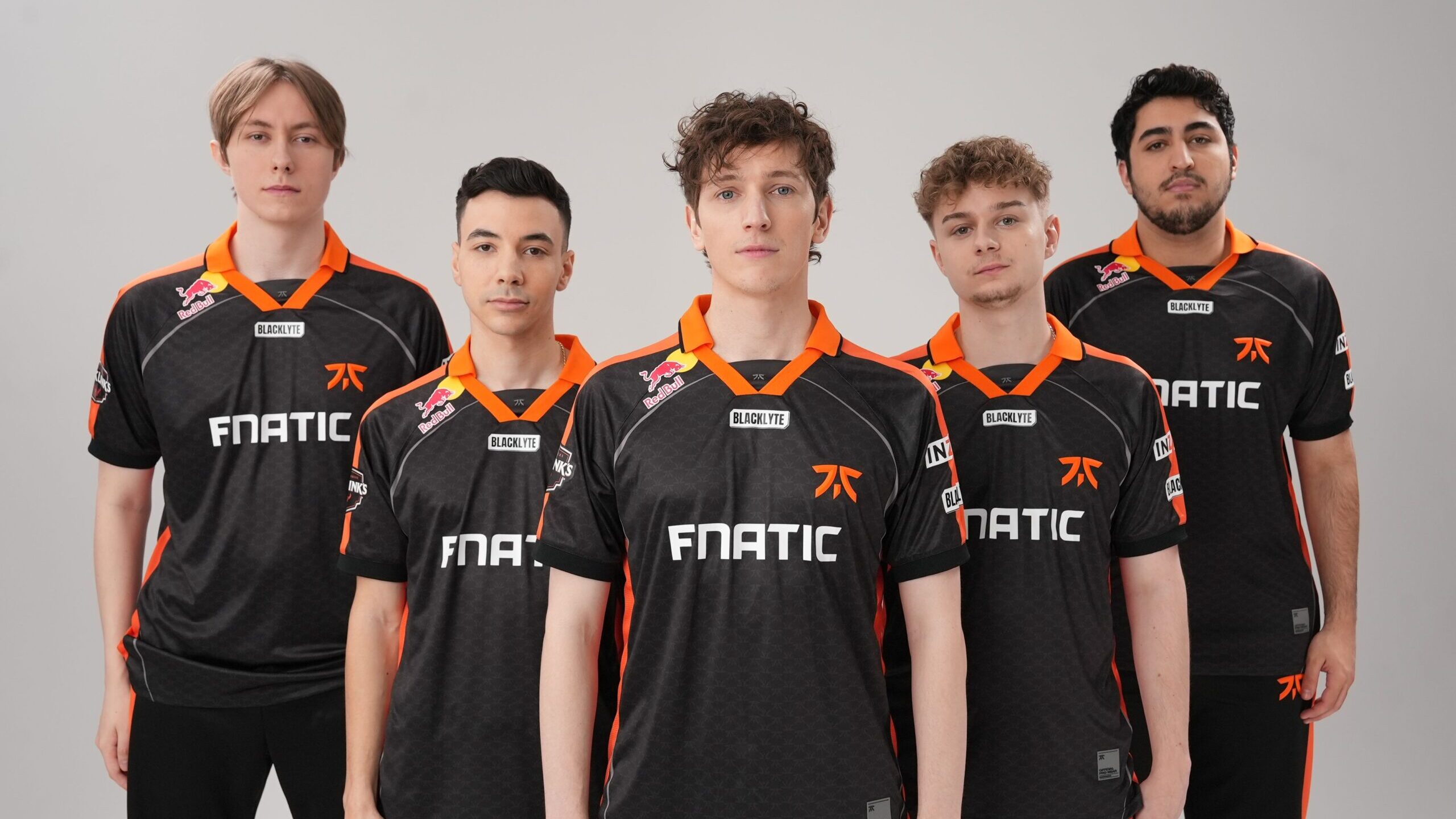
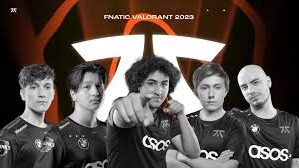
Fnatic’s past defeats have become their best teaching material. Leadership uses post-tournament reviews not to assign blame but to extract lessons. Losing to NRG or Sentinels in previous seasons has reshaped Fnatic’s preparation cycles—tightening clutch communication, refining utility setups, and improving adaptability under pressure. Boaster’s maturity as IGL plays a crucial role here: he ensures the emotional energy from losses is redirected toward self-improvement, not frustration.
Match-up leadership: adapting style vs specific opponents (Fnatic 2026 VCT leadership)
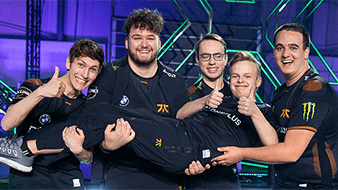
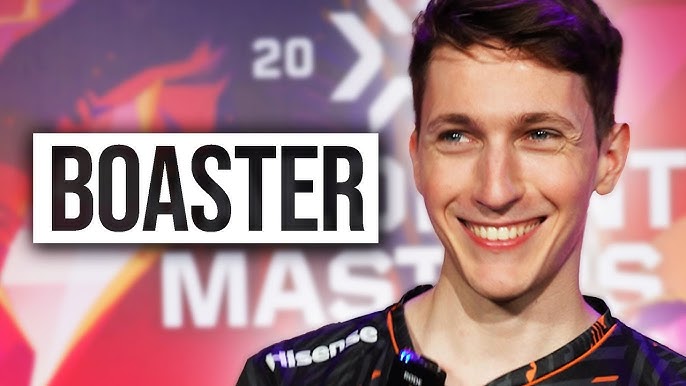
A hallmark of elite leadership is flexibility. Fnatic’s staff prepare different pacing strategies depending on the rival: faster execution against methodical teams, slower defaults against aggressors. For example, against Sentinels’ explosive entry play, Fnatic might prioritise layered setups and mid-round traps. Against NRG’s patience, they might opt for unpredictability. Each rivalry becomes a leadership puzzle—requiring not just tactical adjustments, but precise emotional calibration across the roster.
Beyond the servers: leadership, media and narrative control in rivalries
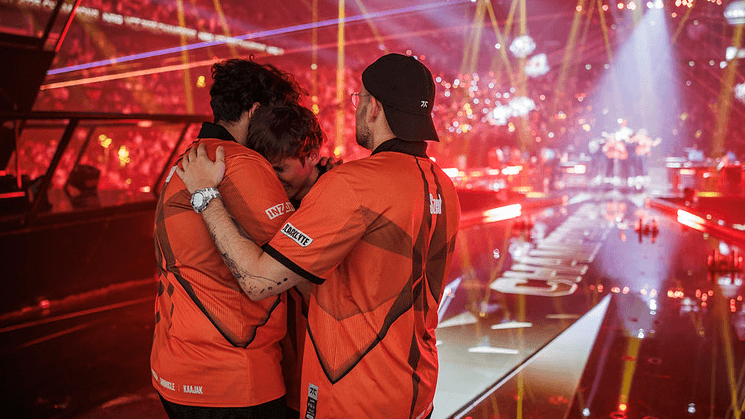
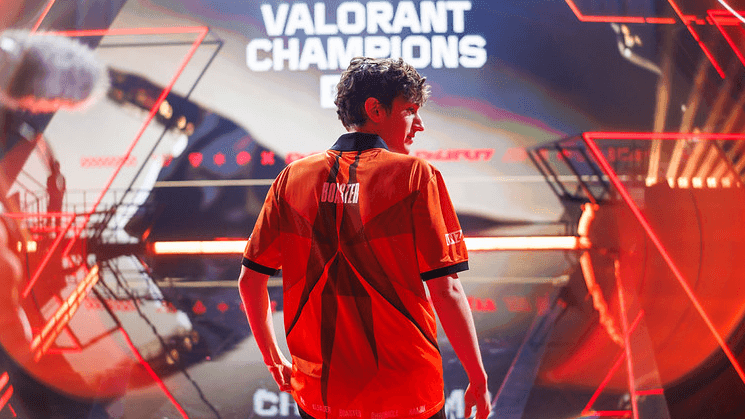
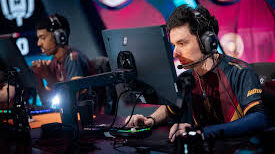
In modern esports, rivalry management extends to public perception. Leadership isn’t only about gameplay—it’s also about message control. How a team frames a rivalry in interviews, social media, and content can shift momentum. Fnatic’s management knows when to play the humble card and when to assert dominance, striking a balance that motivates players without inviting distraction. This awareness of narrative leadership—controlling the storyline as much as the scoreboard—has become one of Fnatic’s underrated competitive edges.
| Rival Team | Fnatic Leadership’s Focus | Competitive Implication |
|---|---|---|
| NRG | Study their clutch decision-making | Improve Fnatic’s late-game composure |
| Sentinels | Counter aggression and flexibility | Increase Fnatic’s map control and adaptation |
| Emerging Teams | Maintain vigilance, avoid complacency | Stay ahead of meta-surprises and upsets |
Rivalries don’t just make for great storylines—they define eras. For Fnatic, every rematch, every showdown is both a test and a teacher. Leadership plays the long game: learning, adapting, and reshaping strategy around each opponent. Whether it’s mastering Sentinels’ tempo or countering NRG’s precision, these rivalries force Fnatic’s leaders to evolve faster than the competition. In VCT 2026, how well they manage these battles may determine whether Fnatic remain challengers—or rise as champions once again.
